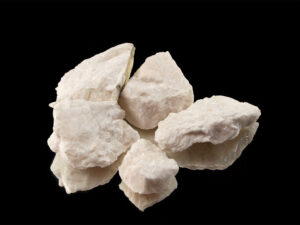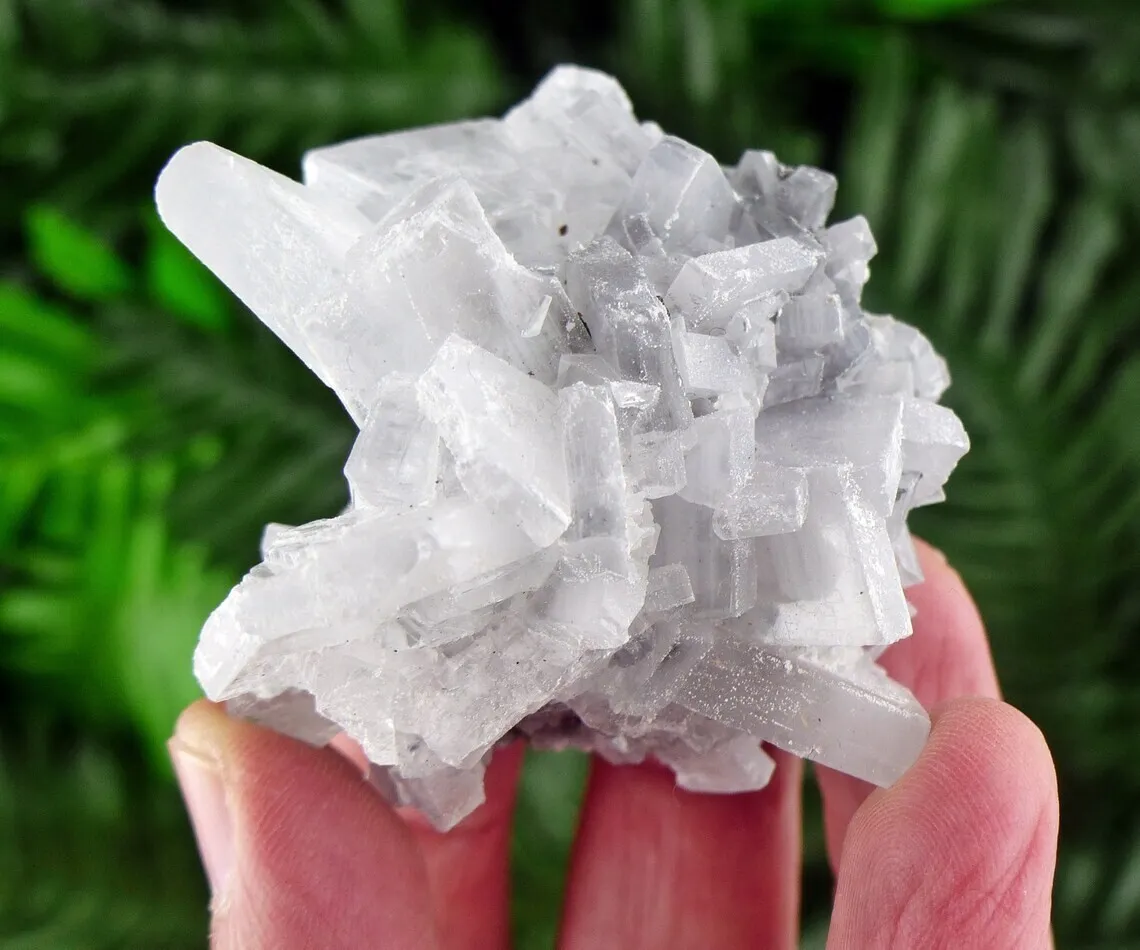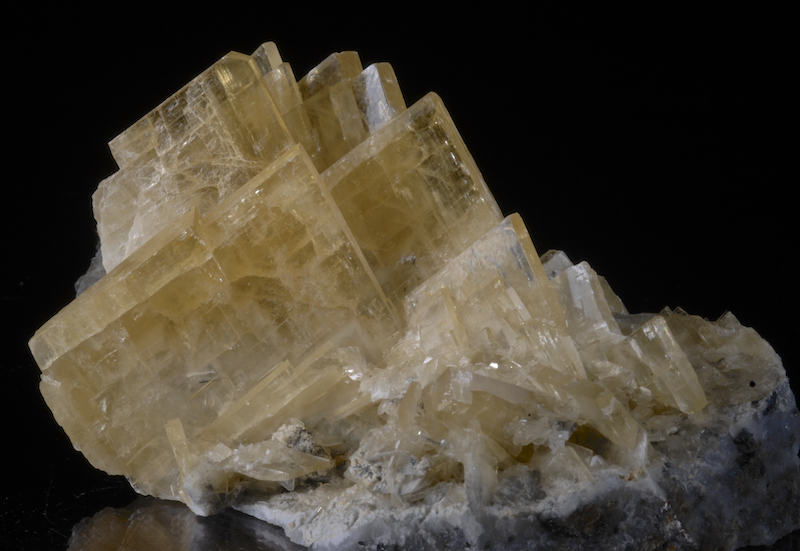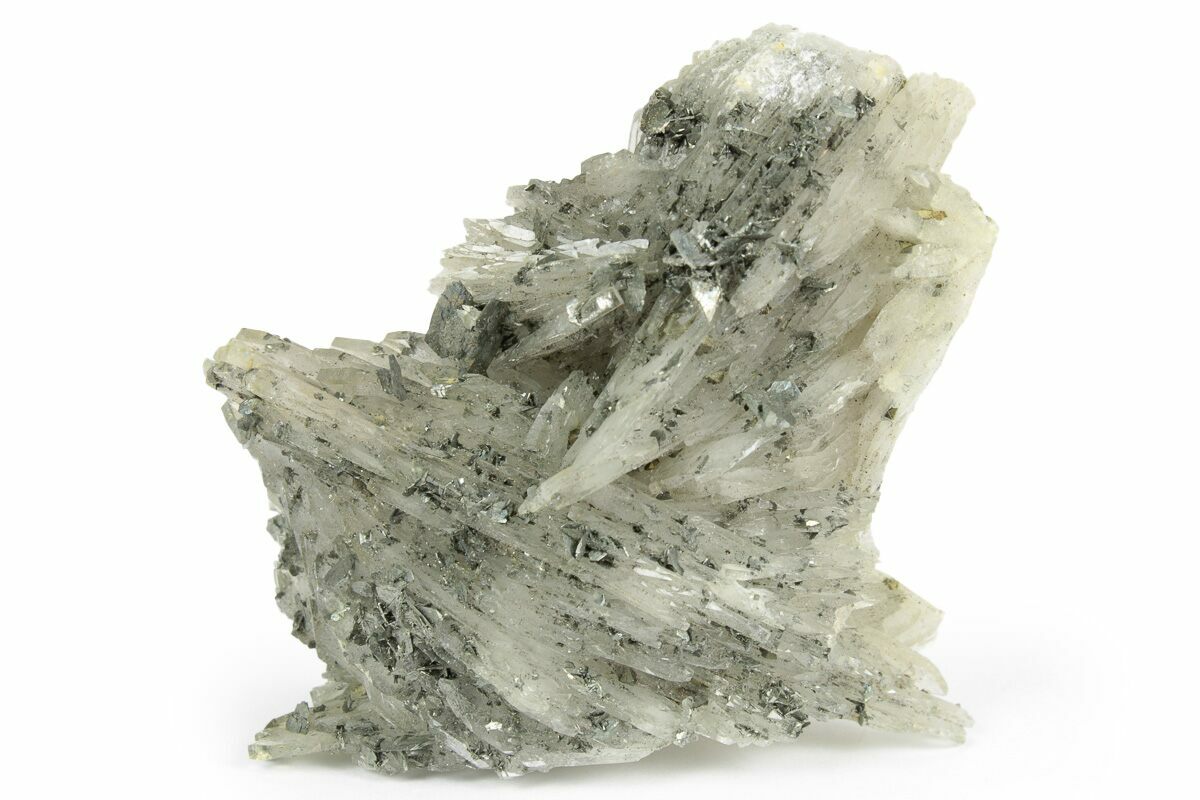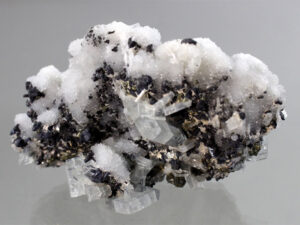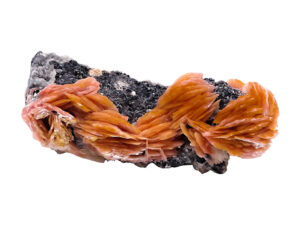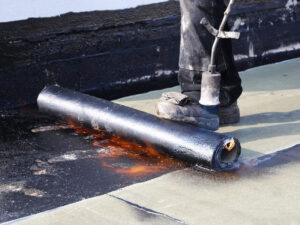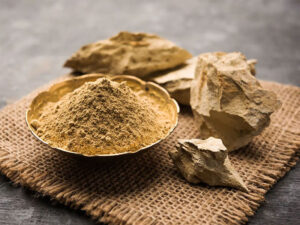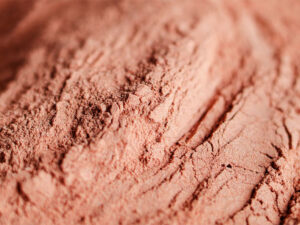Barite, a mineral with a rich history and diverse applications, possesses a fascinating array of physical properties that make it a valuable commodity in various industries. In this article, we’ll delve into the geological formation of barite, its chemical composition, and, more importantly, its intriguing physical attributes.
Introduction to Barite
Barite, also known as barytes or heavy spar, is a naturally occurring mineral composed of barium sulfate (BaSO4). It has a high specific gravity and is extensively used in industries ranging from oil drilling to medical imaging.
Geological Formation of Barite
Barite typically forms as a gangue mineral in hydrothermal veins, often associated with sulfide ore deposits. Understanding its geological origins provides insight into the unique physical characteristics it exhibits.
Read More: Bentonite
Chemical Composition
Before delving into its physical properties, let’s briefly touch upon the chemical composition of barite. Its basic structure consists of one barium (Ba) atom bonded to two sulfate (SO4) groups, creating a stable and distinctive compound.
Physical Properties of Barite
Density and Specific Gravity
One of the standout features of barite is its remarkable density and specific gravity, making it a heavy mineral. This property is exploited in various applications, including its use as a weighting agent in drilling fluids.
Hardness
Barite is relatively soft, with a Mohs hardness of 3 to 3.5. This characteristic makes it easily distinguishable from other minerals and contributes to its ease of processing.
Cleavage and Fracture
The mineral exhibits perfect cleavage in one direction, a property that influences its utilization in certain industrial processes. Additionally, barite often displays a conchoidal fracture, enhancing its suitability for specific applications.
Color and Streak
Barite’s color can range from colorless to shades of blue, brown, or red. Interestingly, its streak, the color left when scratched on a surface, is always white, a feature crucial for identification.
Transparency
While generally translucent to opaque, some varieties of barite can be transparent. This property is of significance in applications where optical clarity is essential.
Magnetism
Barite is non-magnetic, a property that influences its use in magnetic separation processes in various industries.
Solubility
In contrast to its low solubility in water, barite is soluble in concentrated hydrochloric acid, providing a method for its chemical analysis.
Crystal Structure
Barite crystallizes in the orthorhombic system, forming distinctive tabular crystals. This unique crystal structure contributes to its stability and suitability for diverse applications.
Industrial Applications
The physical properties of barite make it indispensable in various industries. Its high density is harnessed in drilling fluids, its softness facilitates processing, and its chemical inertness is crucial in sectors like paint and rubber.
Mining and Extraction
Understanding the physical properties of barite is pivotal in the mining and extraction processes. Efficient extraction methods leverage its specific gravity and hardness, ensuring cost-effective operations.
Environmental Impact
While barite is a naturally occurring mineral, its extraction and processing can have environmental repercussions. Adequate measures are essential to mitigate these impacts and ensure sustainable practices.
Barite Market Trends
Examining the current market trends reveals a growing demand for barite, driven by its diverse applications in oil drilling, paints, and medical imaging.
Benefits and Risks
Balancing the benefits of barite against potential risks is crucial. Responsible mining practices and proper disposal methods are essential to mitigate any adverse effects on the environment.
Read More: Wikipedia
Barite in the Medical Field
The unique physical properties of barite find application in medical imaging, where its high density enhances the visibility of certain tissues during diagnostic procedures.
Barite and Oil Drilling
In the oil and gas industry, barite’s use as a weighting agent in drilling fluids is indispensable. Its physical properties contribute to the efficiency and success of drilling operations.
Future Prospects
Considering the versatility of barite, its future prospects look promising. Ongoing research and technological advancements may unveil new applications, further increasing its demand.
Importance of Quality Control
Ensuring the consistent quality of barite is paramount, especially in industries where its physical properties play a critical role. Quality control measures safeguard against variations that could impact performance.
Safety Measures in Barite Handling
Handling barite requires adherence to safety protocols, considering its weight, potential dust hazards, and chemical properties. Implementing proper safety measures is essential in industrial settings.
Read More: Kaolin
Conclusion
In conclusion, the physical properties of barite make it a versatile and sought-after mineral in various industries. From its density aiding drilling operations to its application in medical imaging, barite’s unique attributes continue to shape its relevance in the market.


